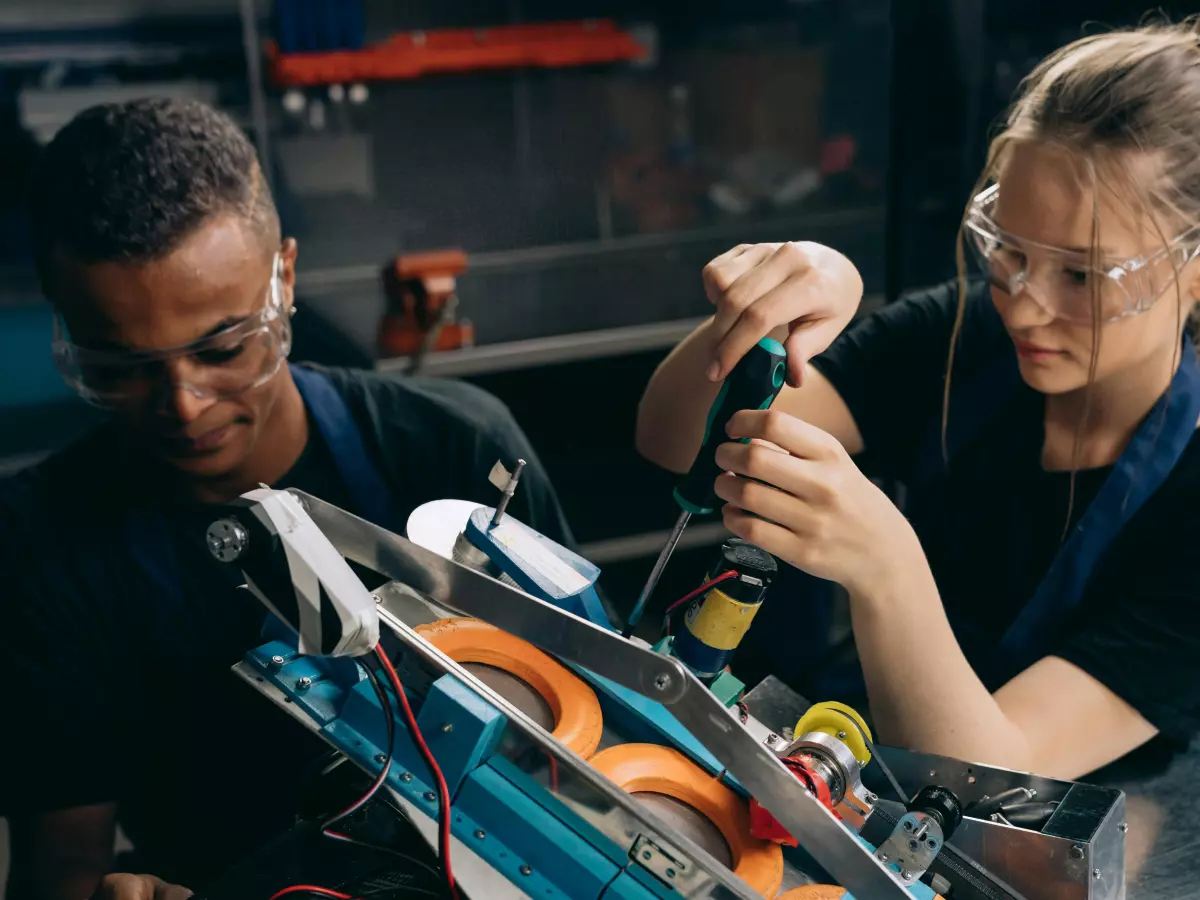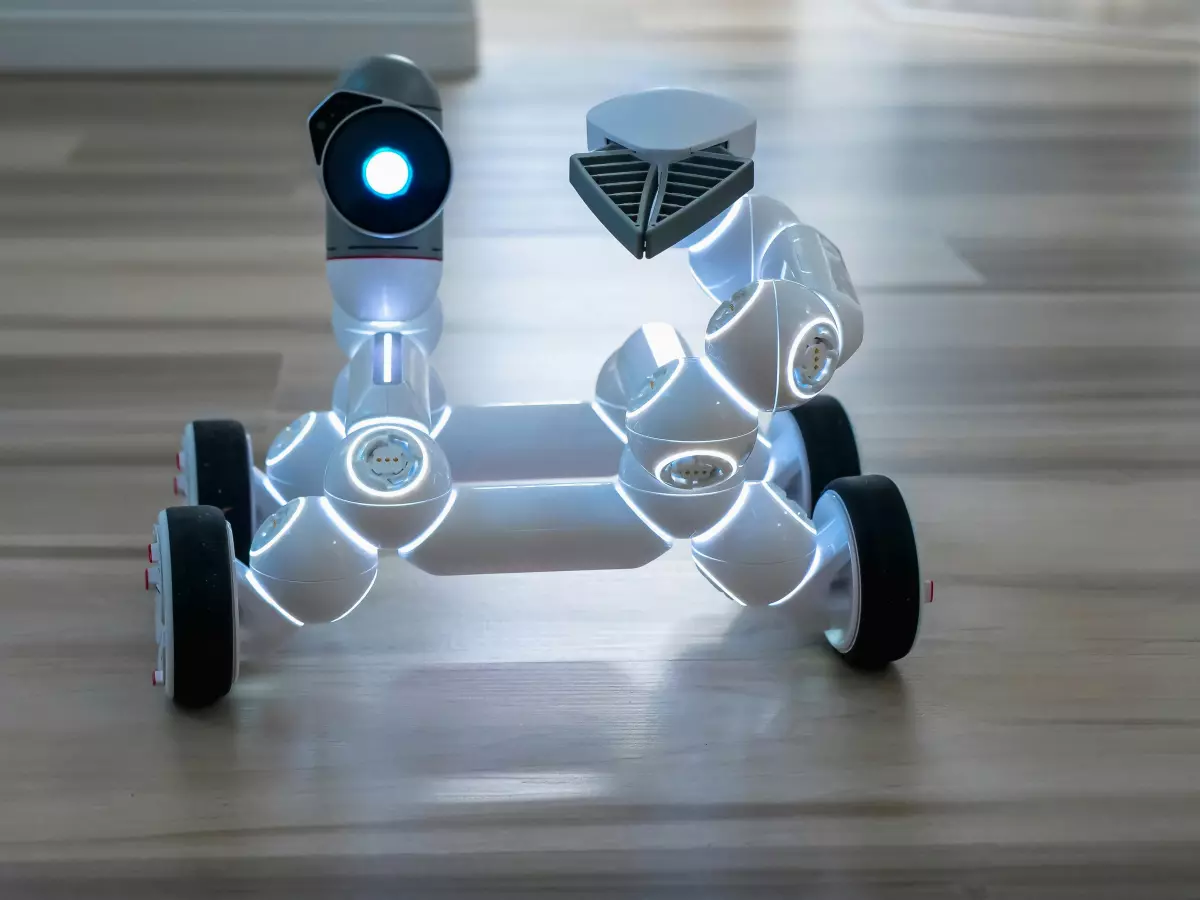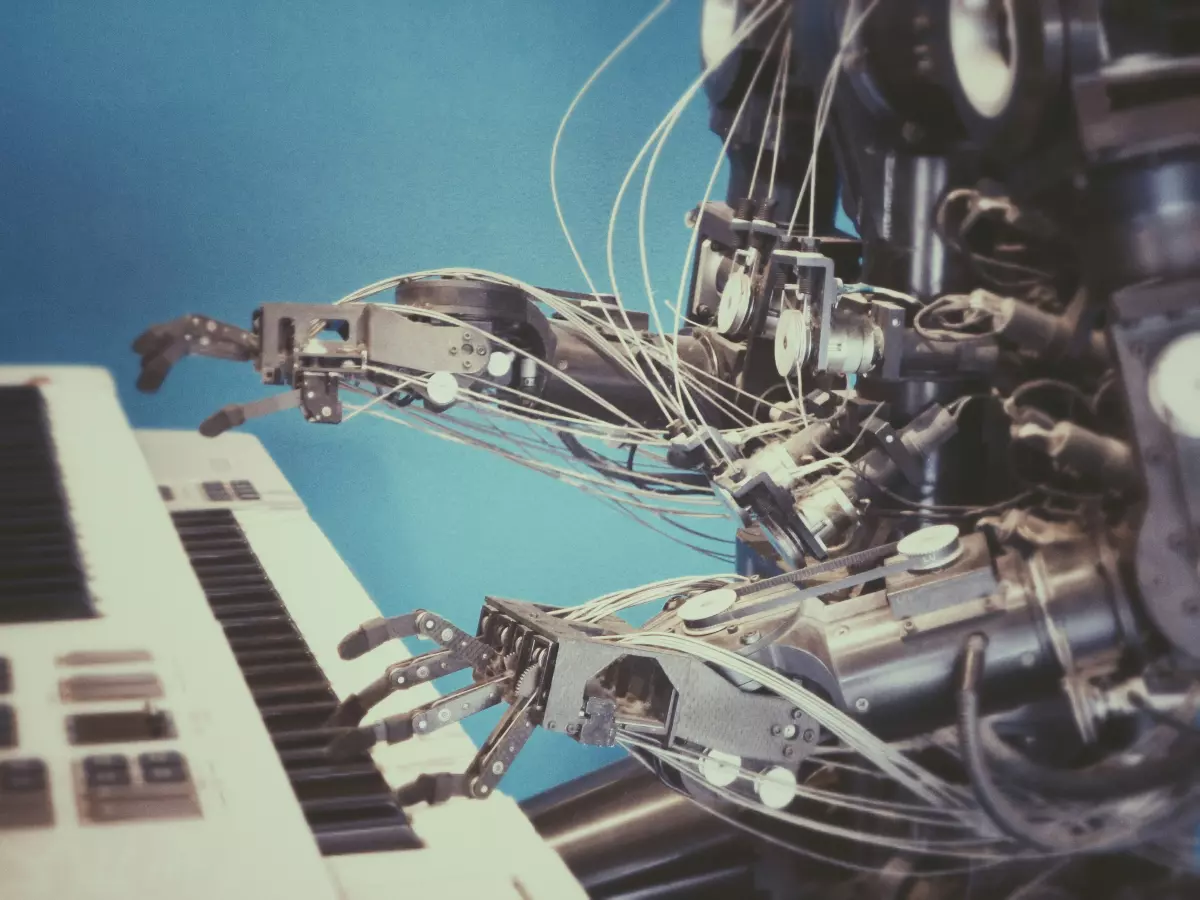Path Planning
Ever wonder how robots seem to magically find their way through complex environments? Spoiler alert: it's not magic. Many people think robots just 'know' where to go, but the reality is far more fascinating—and technical.

By Tomás Oliveira
One of the biggest misconceptions about robotics is that robots are 'smart' enough to figure out their path on their own, like some kind of digital intuition. But here's the truth: robots don't just 'know' where to go. They rely on sophisticated algorithms to chart their course, and these algorithms are the unsung heroes of modern robotics.
Path planning is the process that allows robots to navigate from point A to point B, avoiding obstacles, optimizing routes, and sometimes even adapting to dynamic environments. Without efficient path planning, even the most advanced robot would be stuck spinning in circles or crashing into walls. So, how do these algorithms work? Let's dive in.
Breaking Down Path Planning Algorithms
At the core of any robot's navigation system are path planning algorithms. These algorithms are responsible for calculating the best possible route for the robot to take, whether it's a vacuum cleaner navigating your living room or an autonomous car cruising down the highway. There are several types of algorithms, each suited for different environments and challenges. Here are some of the most common:
- Dijkstra's Algorithm: One of the oldest and most reliable algorithms, Dijkstra's finds the shortest path between nodes in a graph. It's perfect for static environments where obstacles don't move.
- A* (A-Star) Algorithm: An evolution of Dijkstra's, A* adds a heuristic to prioritize paths that seem more promising, making it faster and more efficient for real-time applications.
- Rapidly-exploring Random Trees (RRT): This algorithm is designed for high-dimensional spaces and is particularly useful in dynamic environments. It randomly explores the space, making it great for robots that need to navigate unpredictable terrains.
- Probabilistic Roadmaps (PRM): PRM is a two-phase algorithm that first builds a roadmap of possible paths and then uses that roadmap to find the best route. It's ideal for robots that need to navigate complex, multi-dimensional spaces.
Static vs Dynamic Environments
Not all environments are created equal. Some are static, like a warehouse where the layout rarely changes. Others are dynamic, like a busy street where cars, pedestrians, and cyclists are constantly moving. The type of environment a robot operates in will determine which path planning algorithm is most effective.
In static environments, algorithms like Dijkstra's or A* work well because the obstacles are fixed. The robot can calculate the shortest path once and follow it without needing to adjust. But in dynamic environments, things get trickier. The robot needs to continuously update its path to avoid moving obstacles, which is where algorithms like RRT and PRM come into play.
Challenges in Path Planning
While path planning algorithms have come a long way, they're not without their challenges. One of the biggest issues is computational complexity. Some algorithms, like Dijkstra's, can be slow and resource-intensive, especially in large environments. Others, like RRT, can struggle with finding the most optimal path, sometimes resulting in longer or less efficient routes.
Another challenge is dealing with uncertainty. In dynamic environments, it's impossible for a robot to predict every obstacle's movement. This means the robot needs to be able to adapt on the fly, recalculating its path in real-time. This requires not only fast algorithms but also powerful hardware to handle the computations.
The Future of Path Planning
As robots become more integrated into our daily lives, the need for efficient path planning will only grow. Researchers are constantly working on new algorithms that can handle more complex environments, adapt to changing conditions, and do it all faster and more efficiently.
One area of focus is combining traditional path planning algorithms with machine learning. By training robots on large datasets, they can learn to anticipate obstacles and make smarter decisions about their path. This could lead to robots that not only navigate more efficiently but also learn from their mistakes, improving over time.
So, next time you see a robot smoothly navigating a room or autonomously driving down the street, remember: it's not magic. It's the result of years of research, countless algorithms, and a whole lot of computational power.
Now, here's a question for you: How do you think path planning algorithms will evolve as robots become even more autonomous? Will they rely more on machine learning, or will new, more efficient algorithms take the lead?





